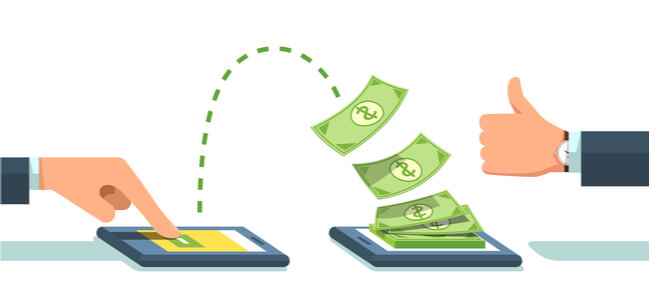Invoicing Mistakes to Avoid

Invoicing is a fundamental task for many businesses, but it is particularly important for entrepreneurs who are kicking off new ventures and small business owners. After all, getting paid for the work you do is a key part of developing your offering – and, of course, of turning a profit.
However, despite it being such a key issue, it is an unfortunate truth that some businesses fail to ensure invoicing is done properly.
Today, we'll take a look at a few of the common invoicing mistakes that organizations can make, as well as at how invoicing software may prove useful as you try to avoid them.
1. Taking your time
Getting paid is vital for businesses, yet some entrepreneurs treat invoicing as a secondary task and leave it until the end of the day, week or even month. The best approach is to get invoices issued as soon as you can, as that should ultimately mean prompt payment.
2. Incorrect information
Sending out an invoice that features incorrect information has to be avoided, as it can only create confusion and may slow down payment. Ensure your details are correct including – most importantly – your bank account information.
3. Using jargon
As with most things in life, clarity is key when it comes to invoicing. Avoid using unnecessary jargon and ensure the text and formatting are straightforward. You should also clearly break down the work you’ve undertaken so there are no doubts as to what you are invoicing for.
4. Typos
Bear in mind that an invoice is a professional document, so you should ensure that spelling is up to scratch. Typos and mistakes give off the wrong impression and could ultimately harm your reputation.
5. Being short
While an invoice is a formal document related to your business, there is no need to be abrupt or use harsh language demanding payment. Keep it civil and do not pass up the opportunity to say thank you to a client for their custom.
6. Limited payment options
Clients expect to have plenty of choice when it comes to payment these days, so be flexible and consider several approaches including online services such as PayPal. Not only could this boost the speed of payment, but it would also highlight that your business is forward-thinking and happy to adapt to the times.
7. Surprises
It is important to always invoice in line with terms that you have agreed with a client from the outset, so that means there should be no hidden fees or items added to the document which have not been discussed beforehand. Such issues will only raise questions and could lead to a reluctance to pay – and to return.
8. Not offering discounts
While this may ultimately be dependent on the sector you are working in, you may want to consider offering clients who pay promptly, within a certain time period, a discount on the amount owed. This might just help with speeding matters up.
9. Failing to differentiate
Make sure you add some form of identification to any invoice that you issue, such as a unique number or specific code. This will mean that if issues arise related to a specific invoice you can identify the document in question and there will be no miscommunication between you and the client.
10. Sending to the wrong person
It might seem like a basic error, but this mistake can easily be made when you’re busy working on several things at once. Sending an invoice to the wrong department or business can be embarrassing and also slows payment down, so avoid it at all costs.
11. Not chasing late payments
If you’ve set clear terms of payment and they are not met, do not hesitate to chase an outstanding invoice. While it can be nerve-wracking at times, it is only fair to speak to a client if they are not keeping up their side of the deal.
12. Staying offline
Sending invoices on paper may still be necessary in some sectors, but the benefits of using billing software for small business should not be downplayed. There are a host of platforms available these days and many offer you the chance to create documents easily and then send them quickly via means including email.
13. Not automating
Another benefit of using invoicing software is that you can automate invoices that you need to send to clients at regular intervals. It means that small business owners have one less issue to contend with as they juggle all of their day-to-day tasks.
14. Ignoring apps
Invoicing software platforms often come with the option of an invoice app, which allows you to easily create the documents via smartphone or tablet while you’re on the move or heading to different meetings. Consider using them; it can save you valuable time.
15. Failing to back up
Finally, invoicing software platforms can also ensure copies of your invoices are backed up. This means your records are safe and secure should any issues arise in the future and can make all the difference in the world in case of a tax authority audit or other issues.
Get your invoicing right today!
Sending invoices is such an important part of running a small business but, as the above shows, mistakes can and do happen.
However, the information we have provided will hopefully go some way towards ensuring that your invoicing always runs smoothly.



